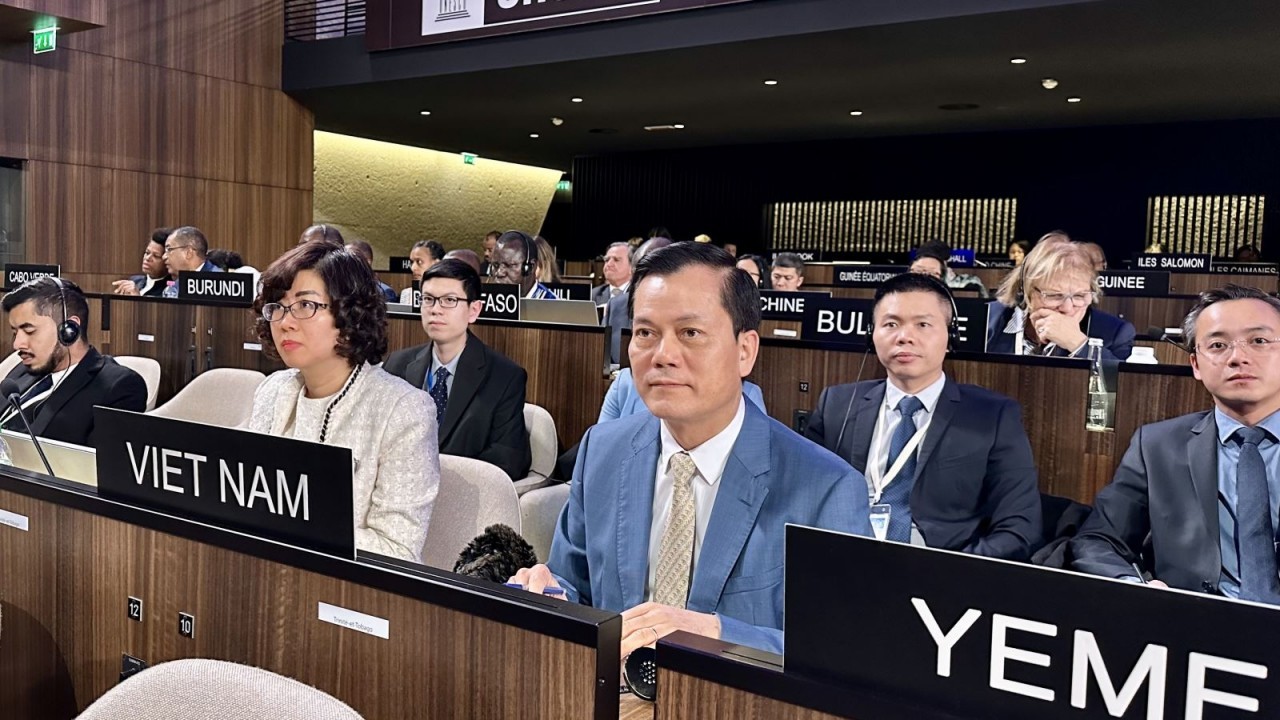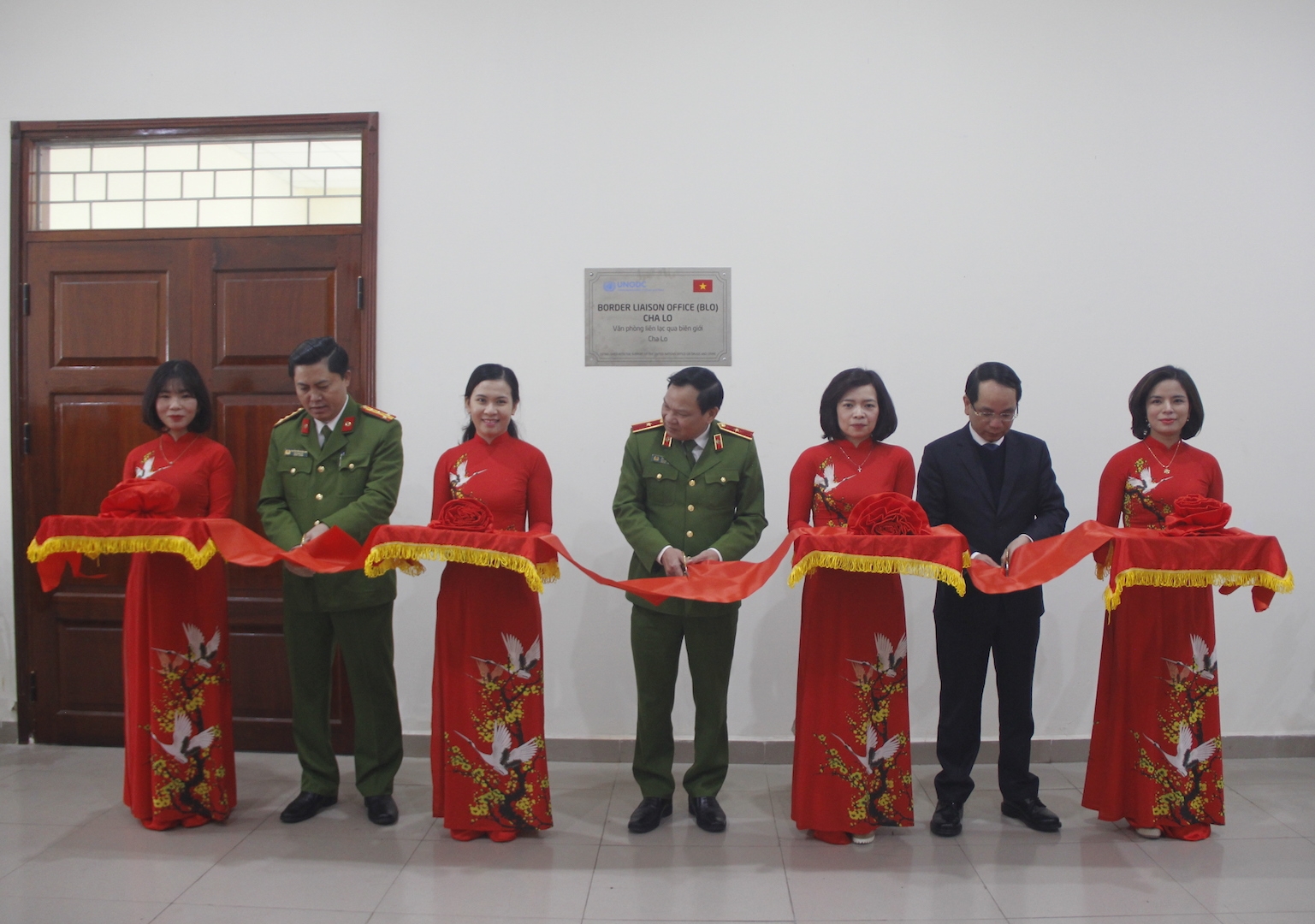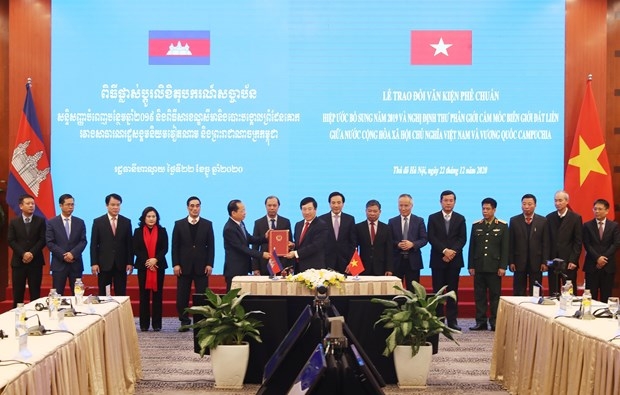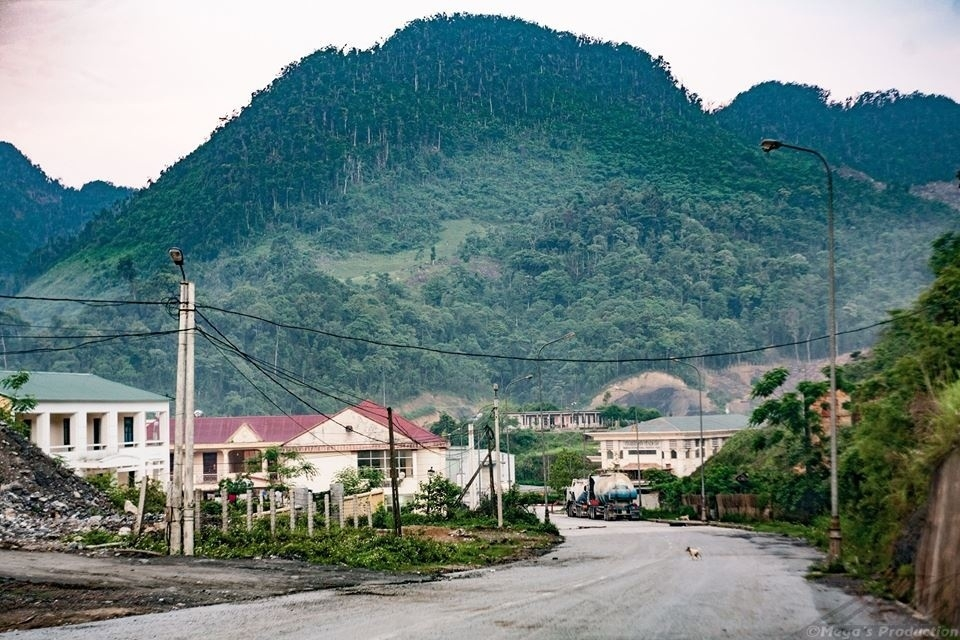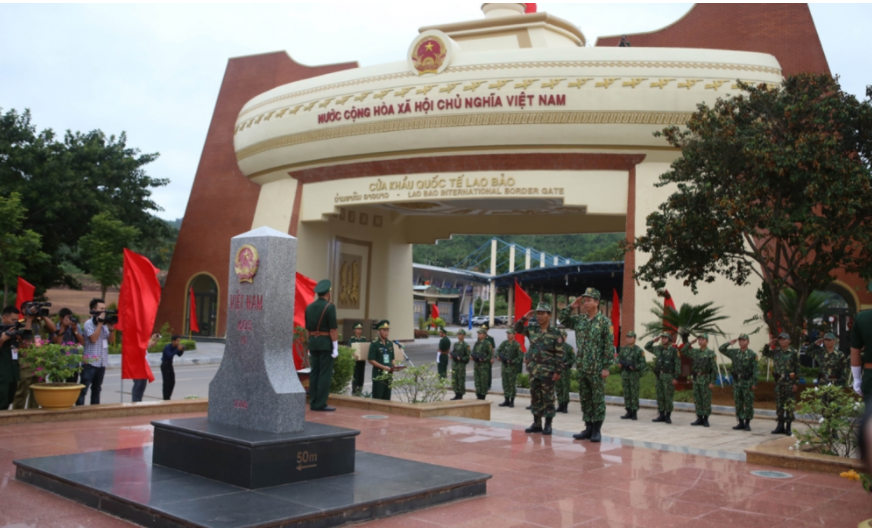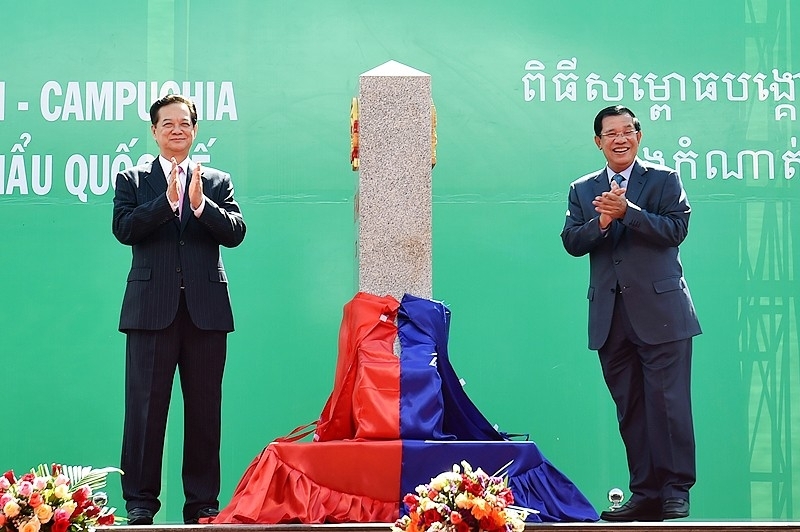National Territory Protected Against Emerging Soft Powers In The Flat World
 | The Definition of National Territory and Border |
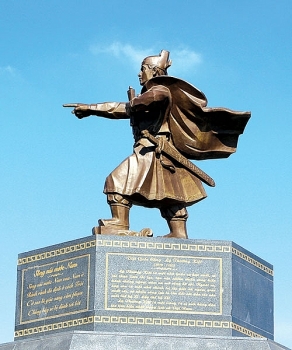 | Vietnam territory: throughout history and in the new era |
 | US rejects nearly all Chinese claims to territory in South China Sea |
Borders managed by socio-economic development in the border areas
According to international practice, after reaching an agreement, neighbouring countries sharing common borders will plan, delimit their national landmark abornement. A Regulation on Border Management which governs the border region will then be signed.
Within a border area, there may be border region, border belt, restricted areas, border checkpoint ... established according to the needs of each country concerned. Nevertheless, reality has shown that not all countries have the need to establish border areas, border belts and restricted areas according to the above-mentioned concepts.
Border region, border belt and restricted areas are often established during periods of conflict or tension between countries sharing a common border, but no common interests in geoeconomics, geopolitics and geostrategy.
These areas are often set up with extremely strict regulations that can even create an area with no population, no economic and cultural exchange activities so the armed forces can easily control and fight against enemies.
In the context of international relations during the Cold War, there is a trend that smaller nations are often interested in establishing those border areas, like building a "dam" to prevent water from overflowing. The higher the "water", the stronger the "dam" must be. Great powers are often less interested in building their own “dikes" than they are into "destroying" others'.
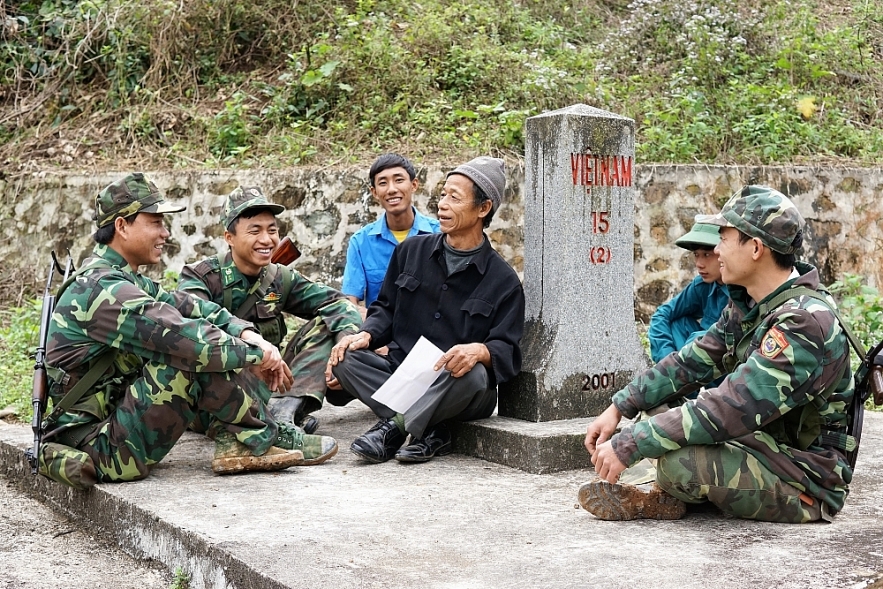 |
| The Border marker number 15 (2) is a 2-side marker with a small number on the surface of it. The marker is located on the bank of Nam Nau stream (Ta Nuo He) on the Vietnamese side. The Border marker is made of marble and put into use on November 16th, 2004. Its coordinates are 22,541309, 102,312379. |
The relation between Vietnam and China in the field of land borders protection and management for a long time reflects this situation. However, due to the development of international relations in an era of integration, cooperation and development for the common good of mankind, there have been new changes in planning and actions for borders protection and management. Although border areas, border belts, restricted areas, etc. still exist, they are no longer meant to create a gap between two nations as they did in the old time.
The effective and sustainable border management is to rely on the people, by the people as well as to develop the economy and to stabilize the political and social stability in the border areas. Therefore, priority must be given to investment in economic development as well as the improvement of people’s livelihoods, culture and society in the highlands and border areas. This is the policy of the Party and State. Ministries, departments and localities, especially border and island localities, implement the Resolution No. 142/2016/QH13 on the five-year socio-economic development plan 2016-2020 which was passed at the 11th session, the 13th National Assembly. The Resolution emphasized: “Combining national defence and security with socio-economic development. Building border areas for peace, cooperation and development. Strengthening national defence and security, especially in the sea and island areas. Proactive protecting the sovereignty, national and people interests on the sea. Improving the operational efficiency of defence economic zones.”
China's soft power and its border management
While preserving and developing a strategic partnership with China in accordance with the guidelines of the Party and the State of Vietnam, all sectors and localities should be alert to the "soft power" and "soft borders" strategies that China has been implementing in many different forms. Professor Josheph Nye, Harvard University, USA, mentioned this concept in a book about changes in the nature of American power (1990).
Professor Josheph Nye then generalised "soft power" in his books. According to Josheph Nye, for each nation, "soft power" is built on three elements: national culture, national values and national policies. In an article published in the Wall Street Journal (Asia edition) nearly 15 years ago (December 29th, 2005), Professor Josheph Nye once pointed out that China's "soft power" is growing strongly in Asia region; therefore, the United States should take action against this fact.
There are many opinions pointing out that economic wealth is a basic foundation for Beijing to aggressively spread its Chinese culture. China's rapid growth makes its neighbours concerned even Beijing constantly propagates its "peaceful development" theory. Besides, Chinese goods also dominate the Southeast Asian market. Chinese brands such as TCL, Haier, Huawei, Lenovo ... are becoming more popular with Southeast Asian consumers. However, researchers believe that Chinese people, in general, have not made a good impression worldwide yet.
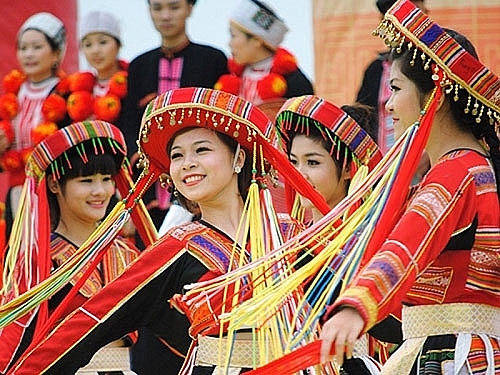 |
| Preserving and promoting national culture are also ways to promote the soft power of each nation. |
Along with Greek culture, Chinese culture is widely known as one of the most ancient and unique cultures in the world. However, almost all the quintessence and essence of Chinese culture are the creations of medieval time, making it difficult for people to admire and follow.
In addition, along with socio-economic development, promoting culture and soft power, there are numerous facts that need to be seriously evaluated and prevented. For example, Chinese enterprises spread documents and maps with the "nine-dash line". Chinese people also claimed Vietnamese “Ao dai” as their traditional costume. They also poured money to purchase lands, threatening national security and defence. These facts do not even occur in the border areas but still have a certain impact on national security and also partly express new concepts: soft power and soft borders.
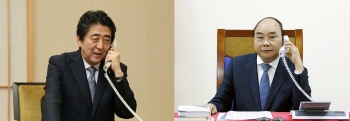 | Japanese Government to continue assisting firms in diversifying supply chains in Vietnam Half of the Japanese businesses that receive support from the Japan's Government to expand supply chains, have chosen Vietnam, and the Government will continue assisting ... |
 | Vietnam-US Defence Cooperation In Review Vietnam and the US's cooperation in national defence and security has developed more intensively and extensively over the past time. |
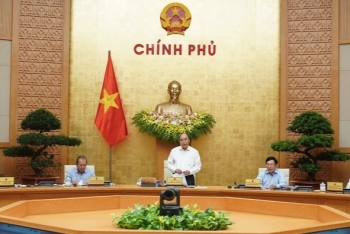 | Vietnamese government aims at socio-economic goals amid Covid-19 pandemic On August 3, Prime Minister Nguyen Xuan Phuc hosted one-day regular cabinet meeting for July. In this meeting, the Vietnamese government discussed measures to fulfill ... |
In topics
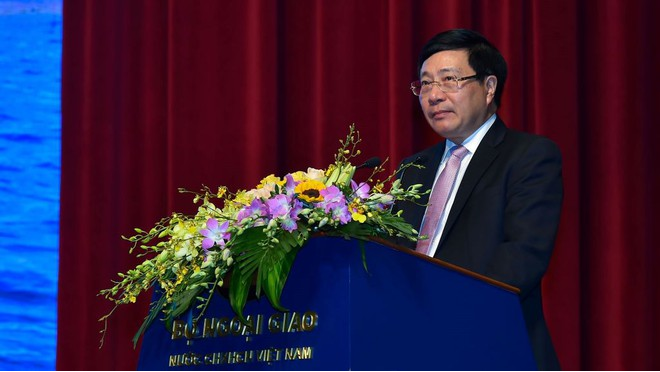 National
National
"Our coast is long, beautiful, we have to know how to keep it ..."
Recommended
 Seas and islands
Seas and islands
Vietnam Endorses Common Voice on Ocean Jurisdiction
 Seas and islands
Seas and islands
Dialogue as Key to Settling Disputes and Advancing Law of the Sea
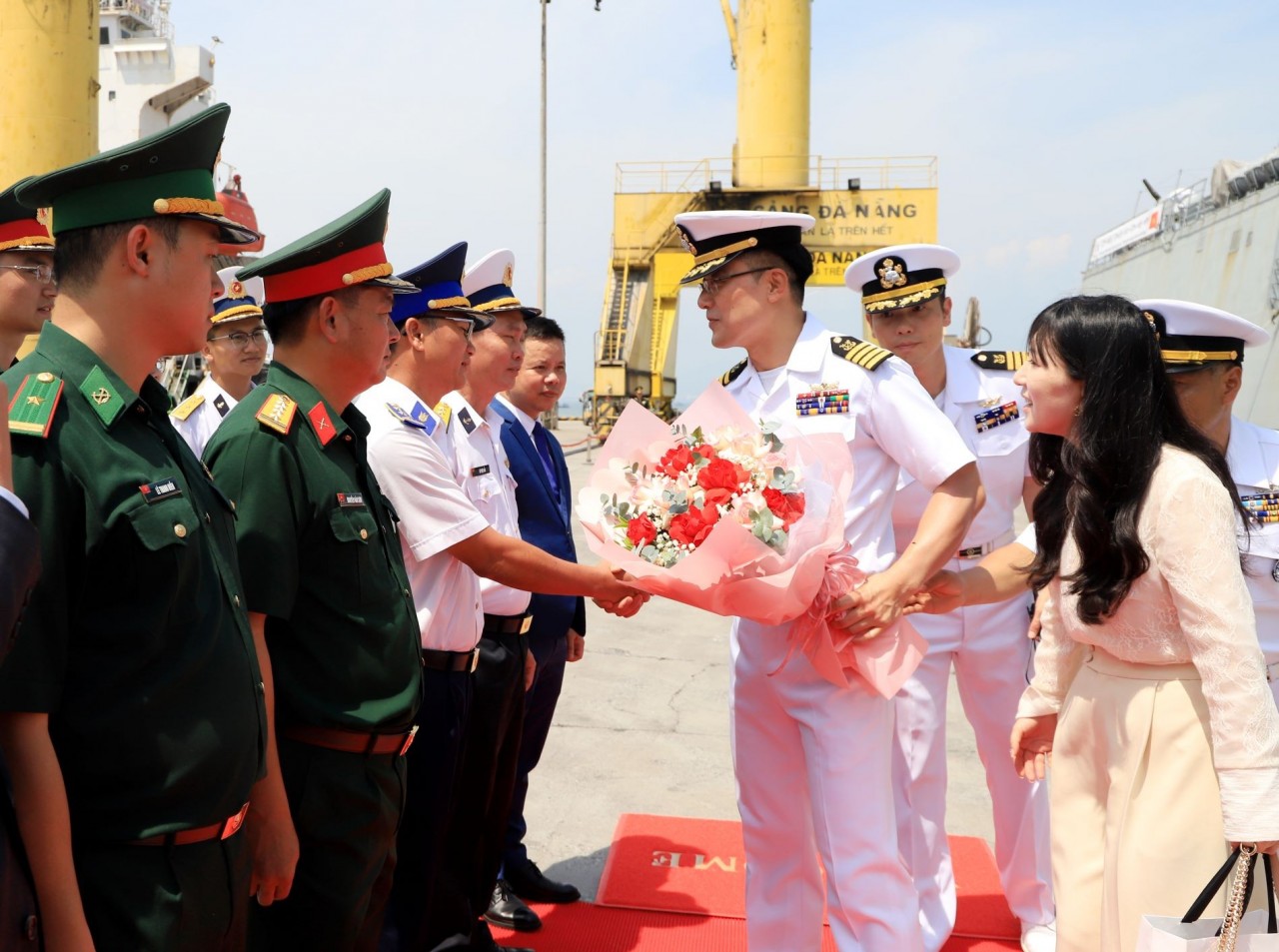 Seas and islands
Seas and islands
RoK Navy Ship Pays Friendly Visit to Da Nang City
 Seas and islands
Seas and islands
Naval Region 5 Promotes Reading Culture, Fosters Patriotism
Popular article
 Seas and islands
Seas and islands
Coast Guard Region 2 Command Hosts Philippine Coast Counterpart
 Seas and islands
Seas and islands
Vietnam - Thailand Navy: Coordination to Well Address Problems at Sea
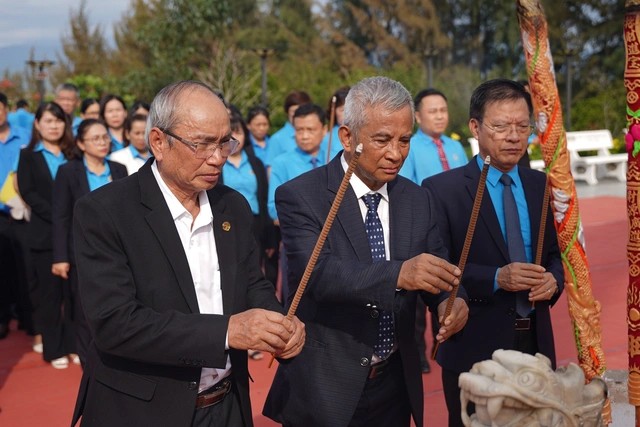 Seas and islands
Seas and islands
Honoring the Fallen: Incense Offering for the 37th Anniversary of Gac Ma
 Seas and islands
Seas and islands




